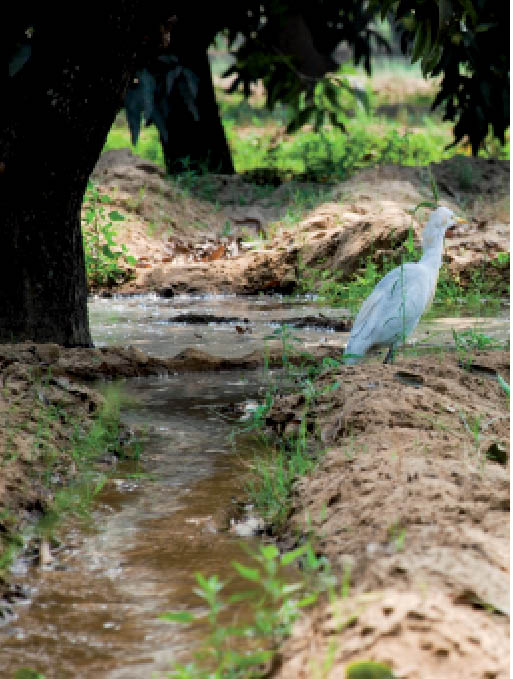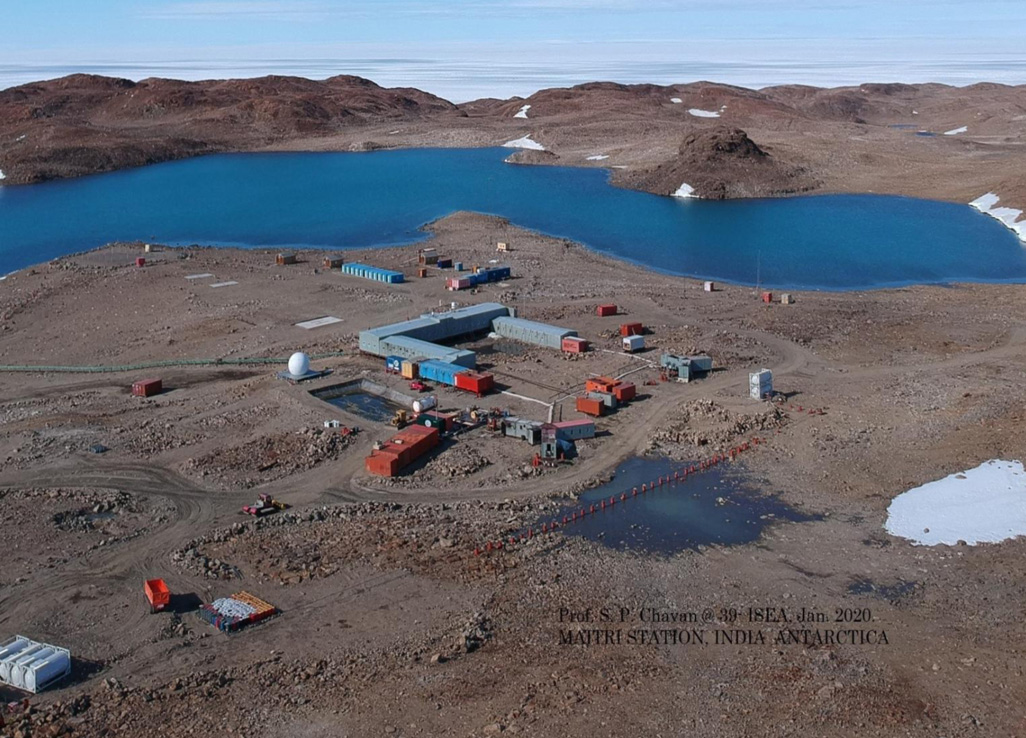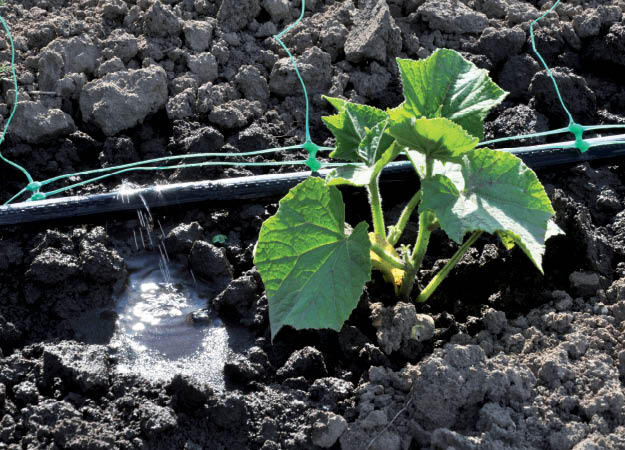Challenges for India’s Irrigation Sector



India is set to embark on a new chapter in its Polar exploration journey with the construction of Maitri II. The Indian government plans to establish a new research station near the existing Maitri ba...
.png )
The Deep Ocean Mission (DOM), approved by the Government of India in 2021 under the Ministry of Earth Sciences (MoES), represents a strategic step in realizing Sustainable Development Goal 14 (SDG 14:...

China recently announced restrictions on the export of seven rare earth elements (REEs), soon after US President Donald Trump decided to impose tariffs. As the world's dominant supplier—responsible fo...
Over dependence on groundwater poses a tough challenge to the agriculture sector, especially in water scarce regions and during dry spells. Measures such as precision farming, incentivising farmers fo...
The method of drip irrigation has several advantages over the flow method. Despite this, only 14.5 per cent of its potential is being utilised in Indian agriculture. Concerted efforts to encourage mor...
Over dependence on groundwater poses a tough challenge to the agriculture sector, especially in water scarce regions and during dry spells. Measures such as precision farming, incentivising farmers for rational use of groundwater and imparting knowledge about recharge methods may be possible solutions.

The method of drip irrigation has several advantages over the flow method. Despite this, only 14.5 per cent of its potential is being utilised in Indian agriculture. Concerted efforts to encourage more states to engage in drip irrigation can help combat increasing water scarcity in agriculture dependent regions of the country.
